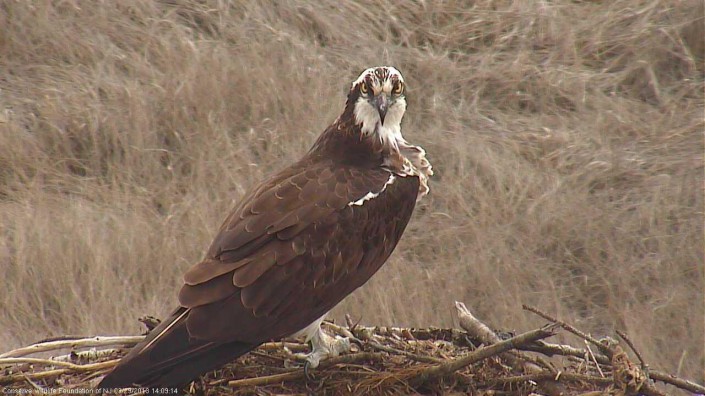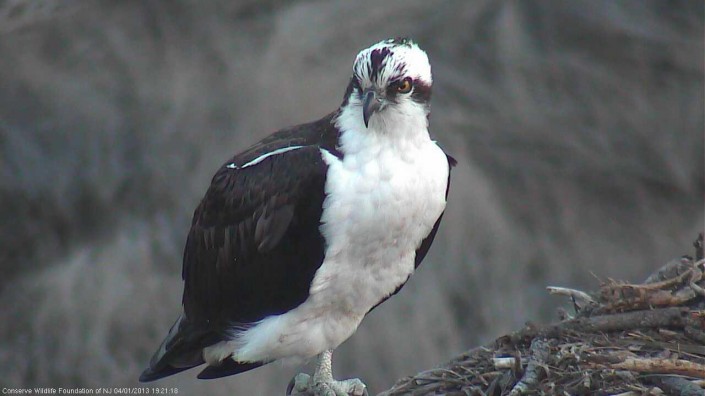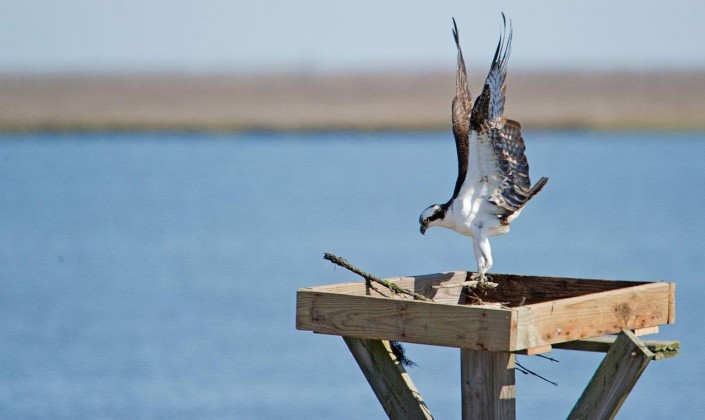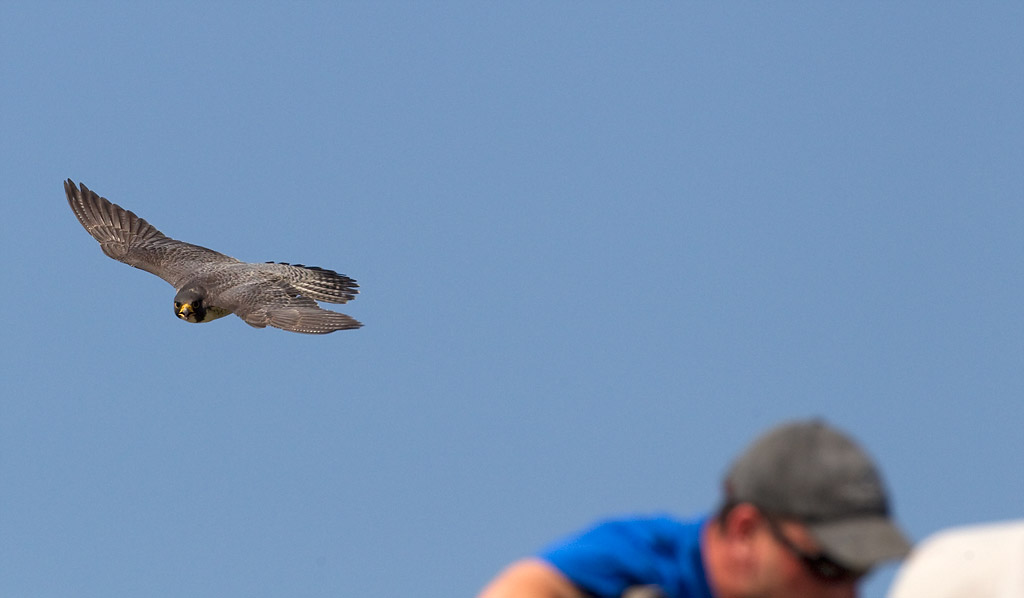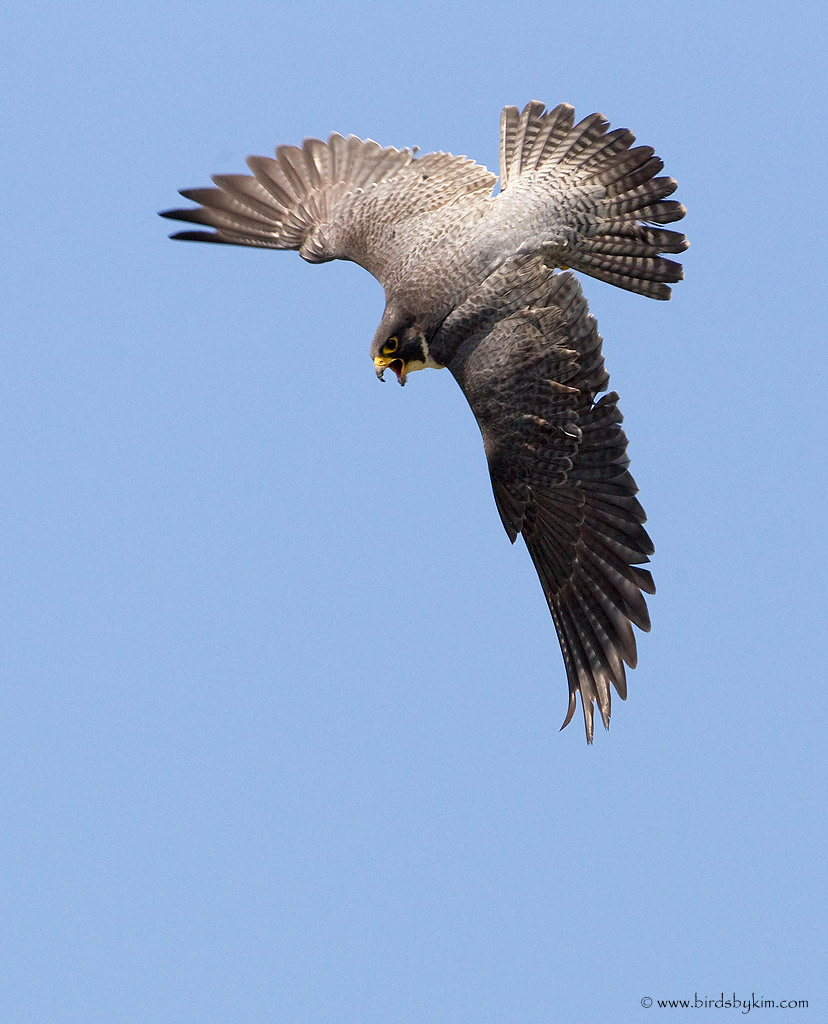In Search of Stumpy – A Wintering Piping Plover Adventure
By Todd Pover, Senior Wildlife Biologist
Earlier this summer, it was announced that the annual range-wide American oystercatcher meeting would be held in December on the Gulf Coast of Florida near Naples. Thrilled to finally be attending in-person after several pandemic years of virtual meetings, my mind immediately pivoted to what other nearby nature sites I could also visit. Or more specifically and not too surprising for those that know me…where could I go to view wintering piping plovers.
In late September, Hurricane Ian made a direct landing in this region of Florida. The meeting had to be scuttled, relocated to the Georgia coast. And just like that, my “add-on” plans – I had arranged a short trip to Outback Key about two hours north of the meeting – fell off the itinerary.
Or maybe not. Georgia borders Florida, right? Six hours of driving for a chance to see 50-60 piping plovers in one spot is reasonable, right? Did I mention at least one New Jersey breeder winters at the site?
So as soon as the oystercatcher meeting wrapped at mid-day, I found myself in a car, along with fellow CWF Biologist Emmy Casper, hurtling toward St. Petersburg, Florida. We arrived at nightfall, woke in what felt like a flash, so we could wait in a line of cars, still in the dark, for Fort DeSoto County Park to open at 7 am. We had a very narrow window for our visit with the morning low tide being optimal shorebird viewing at Outback Key and because we had mid-day flights home.
Continue reading “In Search of Stumpy – A Wintering Piping Plover Adventure”
